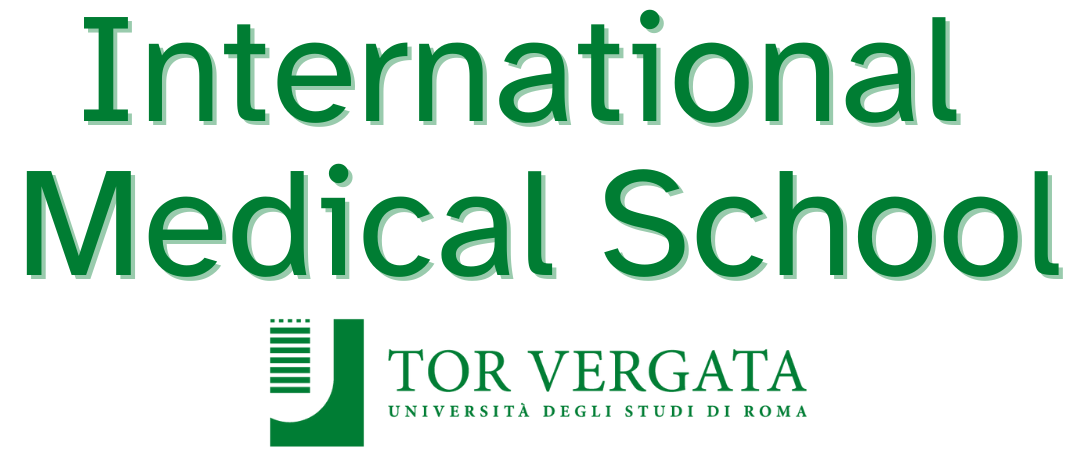
The Medicine and Surgery course in Italy
22/01/2020Medicine in Italy is one of the university courses (together with Dentistry) implementing the registered access program (“numero chiuso“): the overall number of medical students admitted every year is constant, as each medical school is assigned a maximum number of new admission per year by MIUR.
The degree is classified as a “Single Cycle Master’s Degree”. After graduating, our students will be qualified to practice as Medical Doctors in the European Union and will also be eligible to apply for the recognition of their studies to study abroad (i.e. through the USMLE for students wishing to practice in the U.S.). Please note that no previous University Degree is required to apply to the course.
The Medicine and surgery course program in Italy lasts for 6 years where a sum of 360 credits (CFUs or ECTS) (for a total of 5500 hours) must be reached in order to graduate. The 360 credits are divided into about 36 exams and a number of compulsory rotations, elective activities and clinical practice, over the 6-years course. During the course are considered mandatory several internships, clinical activities in the form of tutorials, where practical activities are conducted under the supervision of a tutor. Students can also choose some extra courses (ADO) during the 6 years to obtain extra credits. No exams are held for the extra courses.
One academic year is divided into 2 semesters, each of which has an average duration of 12 weeks. Lectures are carried out 3-4 days a week, allowing more individual-based learning but also to allow more time for extra clinical and laboratory practices. Lectures are compulsory and a minimum attendance of 67% is compulsory to take exams. Individual courses are sometimes grouped into modules to ensure that all credits are obtained.
The first two year of the course are known as “foundation years” where the students will be taught basic medical science. In the final 4 years, the course will progress onto medical and clinical methods, Health-care organization in Italy and finally onto legal aspects of Medicine. Currently, the University of Tor Vergata is the only University in Italy that provides clinical experience from the first year. Each year, different wards will be visited between May and June. Students have a duty to maintain confidentiality and are taught to approach the patient with professionalism and respect.
At the end of the cycle, students have to discuss a final thesis before a board of professors; the subject of this thesis may be a review of academic literature (tesi compilativa) or an experimental work (tesi sperimentale), and usually takes more than a year to complete, with most students beginning an internato (internship) in the subject of their choice in their fifth or sixth year. The title awarded at the end of the discussion ceremony is that of “Dottore Magistrale or Dottore“, styled in English as a Doctor of Medicine, which in accordance with the Bologna process is comparable with a master’s degree qualification or a U.S. M.D.
Before graduating, new doctors must complete a three-month, unpaid, supervised tirocinio pre-lauream (“pre-degree placement”) consisting of two months in their university hospital (one month in a medical service and one in a surgical service) as well as one month shadowing a general practitioner. After getting a statement of successful completion of each month from their supervisors, new doctors obtain full license to practice medicine and to be called “Medico“, styled in English as Medical doctor. They will then have to register with one of the branches of the Ordine dei Medici (“Order of Physicians”), which are based in each of the Provinces of Italy.
Registration makes new Medical doctors legally able to practice medicine without supervision. They will then have to choose between various career paths, each usually requiring a specific admission exam: most either choose to train as general practitioner (a 3-year course run by each Region, including both general practice and rotation at non-university hospitals), or to enter a Scuola di Specializzazione (“specialty or specialization school”) at a university hospital 5-year or 6-year course depending on Specialty
Last Updated on 11/04/2025



